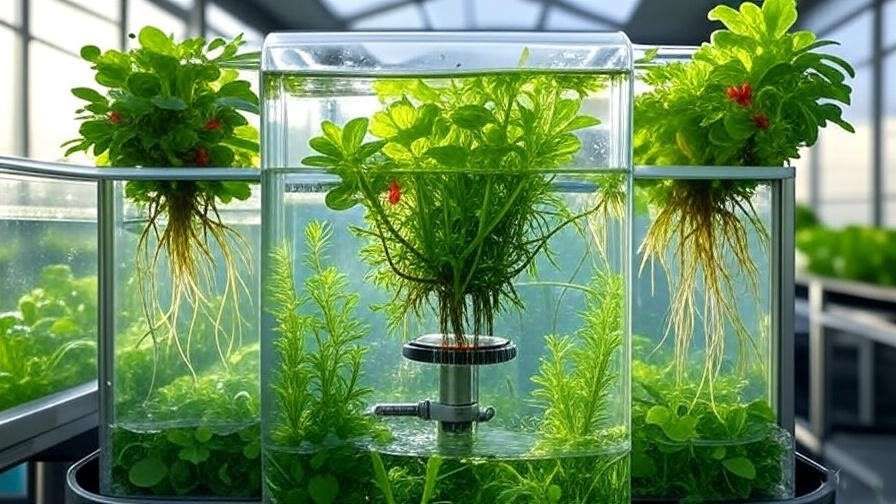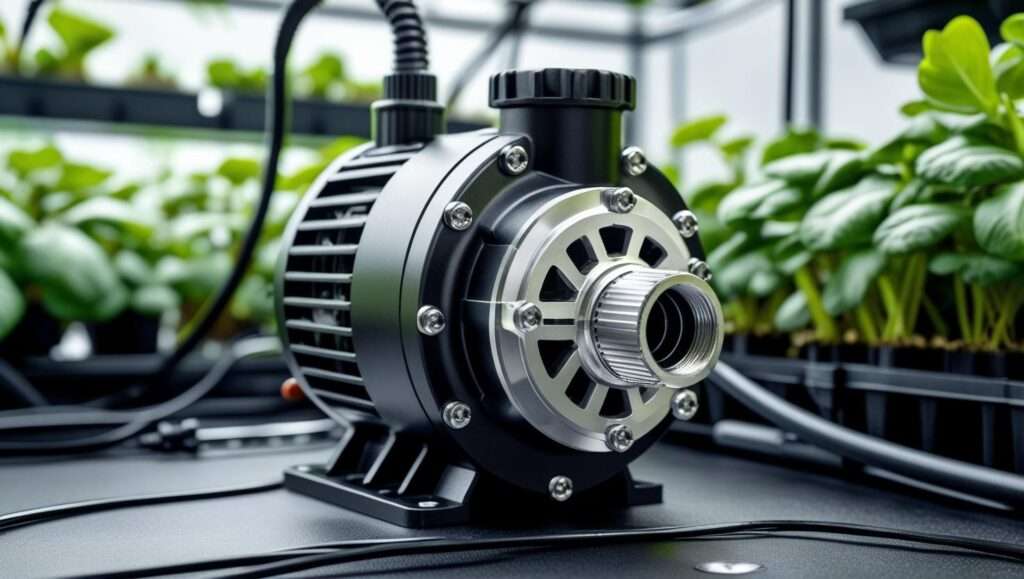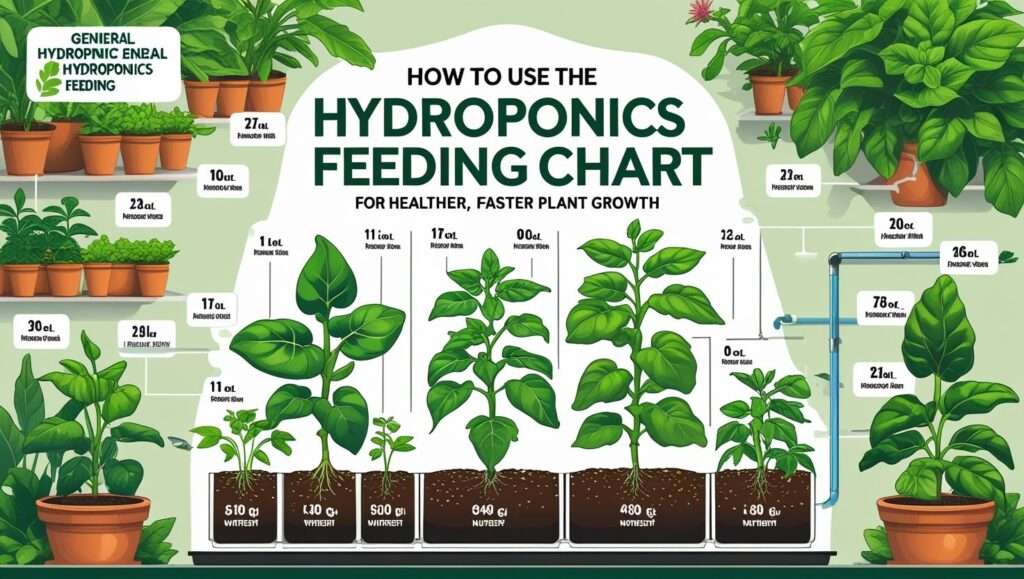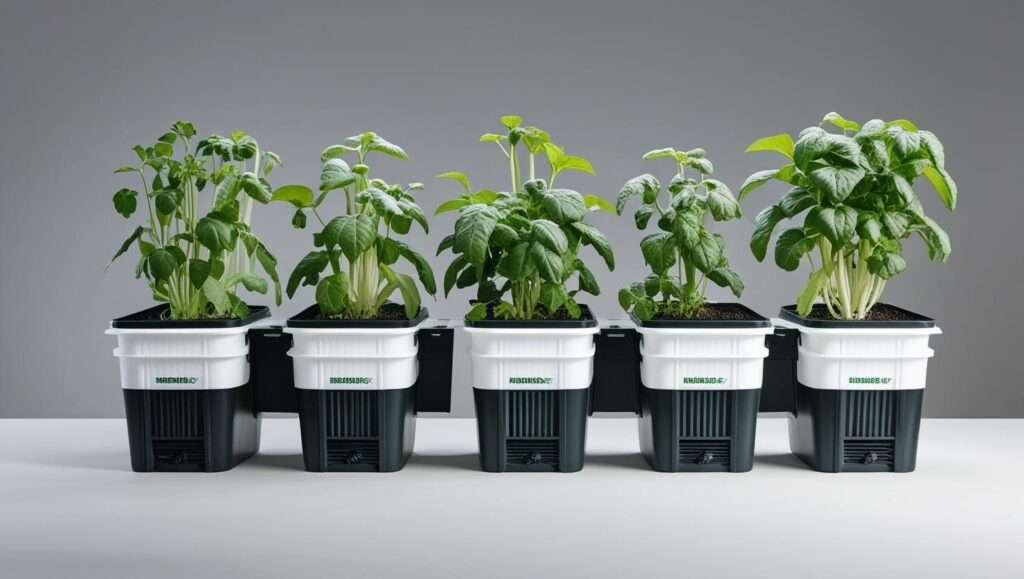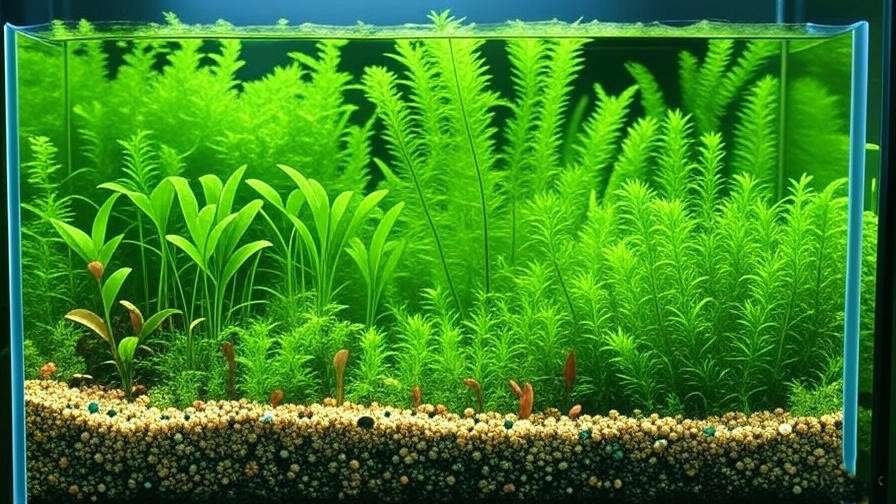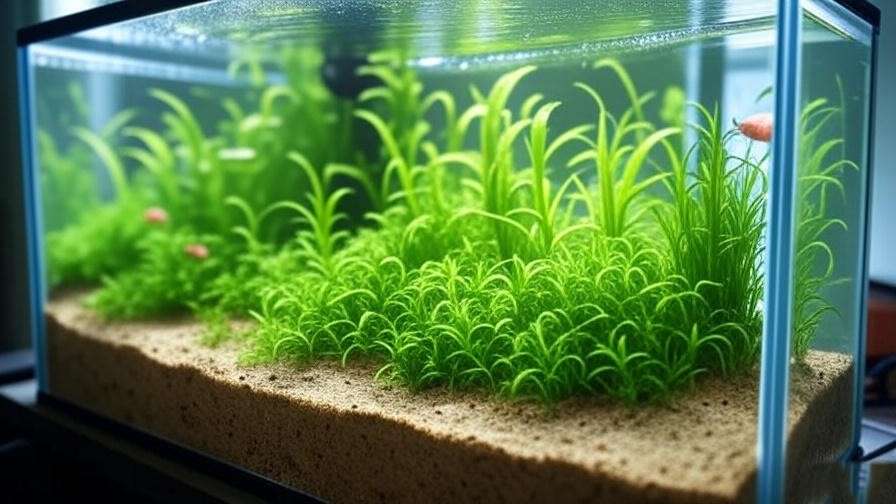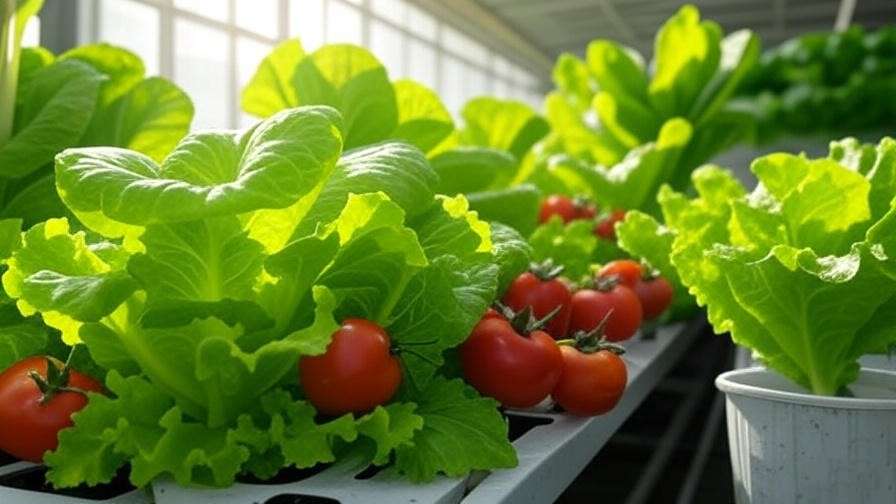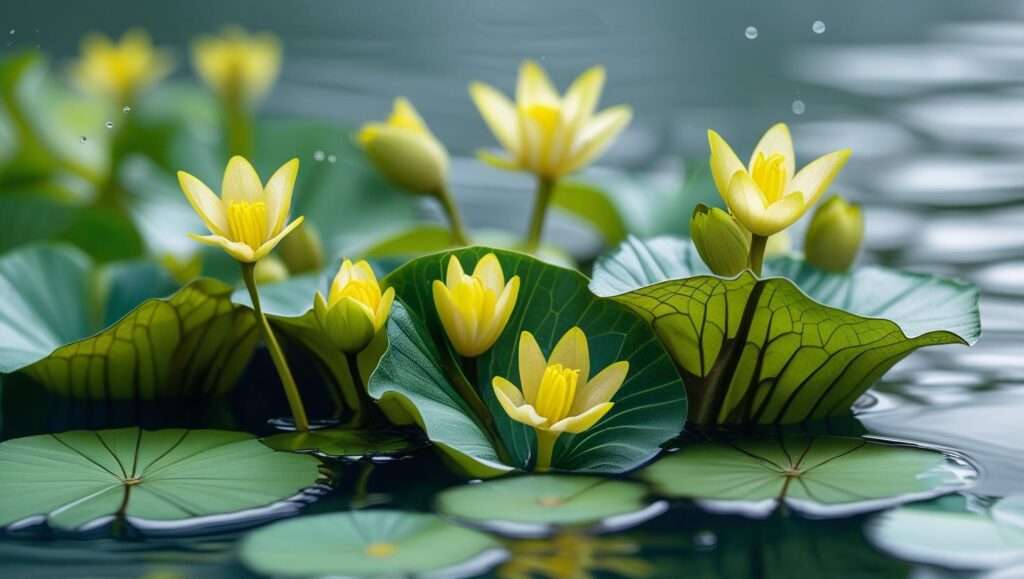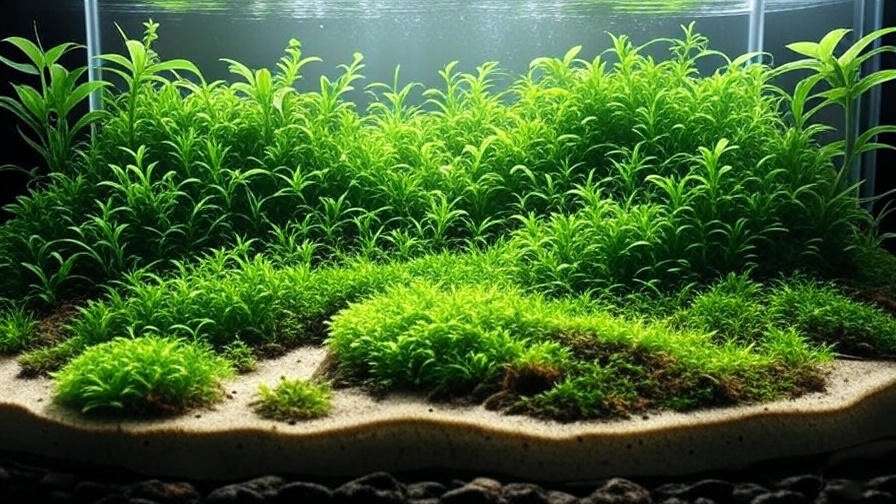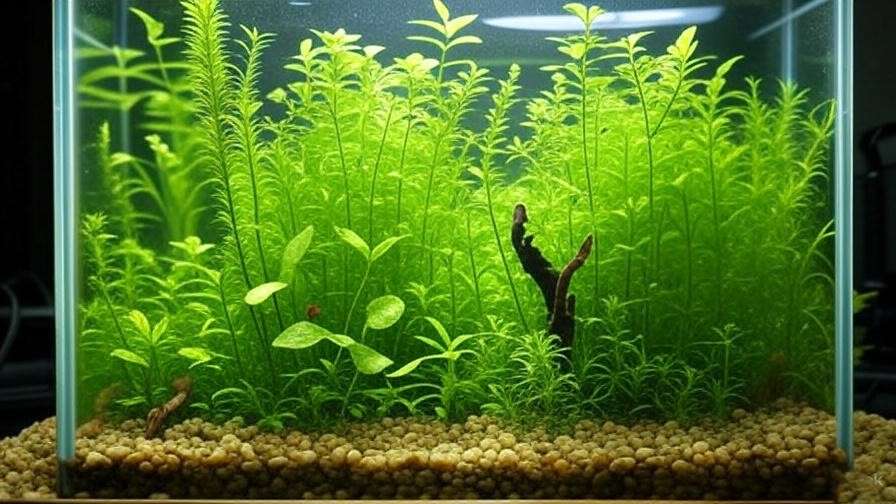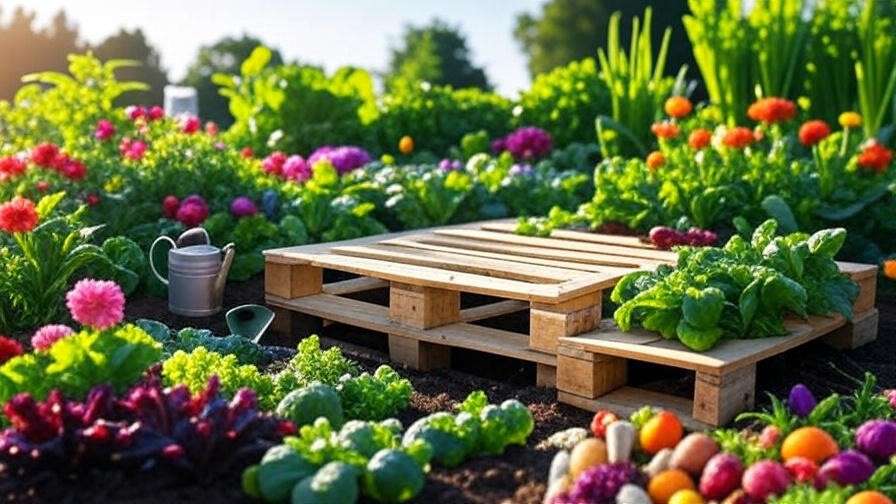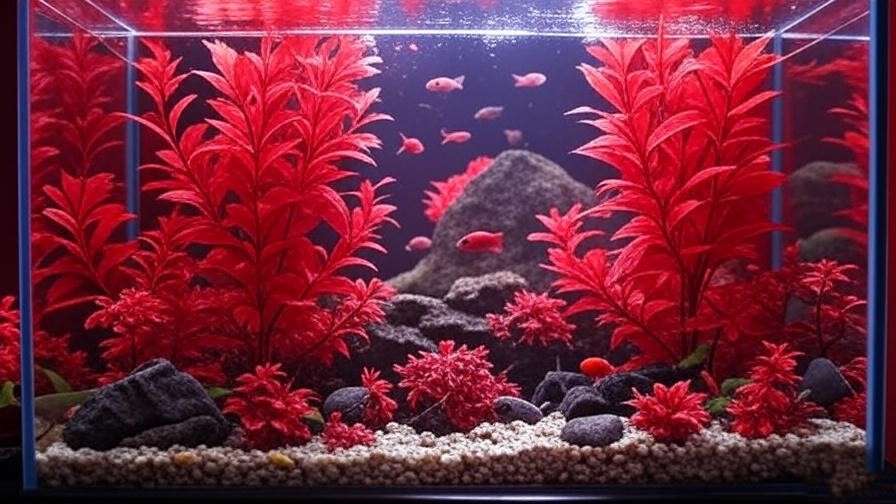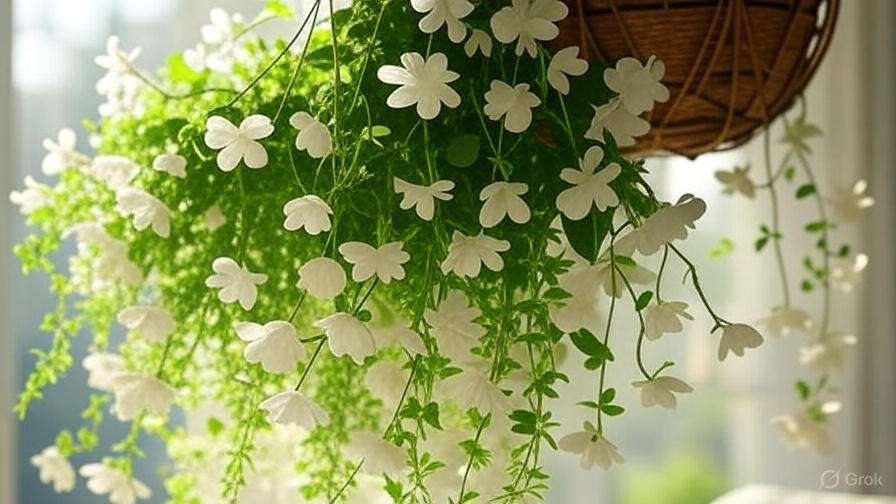Imagine your hydroponic garden thriving with lush, vibrant plants, only to watch them wilt because of a hidden issue: water temperature. In Deep Water Culture (DWC) systems, maintaining the right temperature is critical, and a hydroponic DWC heater can make or break your harvest. Fluctuations in water temperature can stress roots, hinder nutrient uptake, or invite pathogens, costing you time and yield. This comprehensive guide will empower you with expert insights to select, install, and optimize a DWC heater, ensuring year-round success for hobbyists and commercial growers alike. Let’s dive into how to keep your plants thriving with precise temperature control.
What is a Hydroponic DWC Heater and Why It Matters
Understanding Deep Water Culture (DWC) Systems
Deep Water Culture (DWC) is a popular hydroponic method where plant roots are suspended in a nutrient-rich, oxygenated water solution. Unlike soil-based growing, DWC relies on a reservoir to deliver water, nutrients, and oxygen directly to the roots. This system is highly efficient, promoting rapid growth and high yields for crops like lettuce, herbs, and tomatoes. However, water temperature is a critical factor in DWC. Too cold, and plants struggle to absorb nutrients; too warm, and oxygen levels drop, increasing the risk of root rot or bacterial growth.
A stable water temperature ensures healthy roots, optimal nutrient uptake, and robust plant development. For instance, most hydroponic crops thrive between 65-75°F (18-24°C), but even a few degrees outside this range can stunt growth or invite disease. A hydroponic DWC heater addresses this by maintaining consistent temperatures, especially in cooler climates or seasons.
Role of a Hydroponic DWC Heater
A hydroponic DWC heater is a device designed to regulate the water temperature in your DWC reservoir. By keeping the nutrient solution within the ideal range, it promotes faster growth, enhances nutrient absorption, and reduces the risk of pathogens like Pythium (root rot). For example, lettuce grown in a DWC system at 68°F can produce up to 20% more yield compared to plants in colder water at 60°F, where nutrient uptake slows significantly.
Heaters also provide peace of mind for growers in unpredictable environments. Whether you’re managing a small indoor setup or a large greenhouse, a reliable heater prevents temperature swings that could devastate your crop. With the right heater, you can grow year-round, even in winter, without compromising plant health.
Key Factors to Consider When Choosing a Hydroponic DWC Heater
Selecting the right hydroponic DWC heater requires careful consideration of your system’s needs, budget, and growing conditions. Here’s what to evaluate to ensure you choose the best option.
Heater Types for DWC Systems

Submersible Heaters
Submersible heaters are placed directly in the reservoir and are the most common choice for small to medium DWC systems. They’re affordable, easy to install, and widely available. However, they may lack the power for very large reservoirs and can be less efficient in high-volume setups.
Inline Heaters
Inline heaters are installed outside the reservoir, heating the nutrient solution as it circulates through the system. They’re ideal for large-scale or commercial DWC setups due to their higher efficiency and ability to handle bigger water volumes. The downside is their complex installation and higher cost.
Heater Materials
Heater durability and safety depend on the material. Stainless steel and titanium heaters are corrosion-resistant and ideal for long-term use in nutrient-rich water. Glass heaters are more affordable but require careful handling to avoid breakage. Always choose a heater rated for hydroponic or aquarium use to ensure safety and compatibility with nutrient solutions.
Sizing and Wattage
Choosing the right heater size is crucial to avoid under- or over-heating. A general rule is to use 10-20 watts per gallon of water, depending on your climate and insulation. For example, a 20-gallon DWC reservoir in a cold environment (e.g., a basement in winter) might require a 300-400 watt heater to maintain 70°F. In contrast, a well-insulated indoor setup may need only 200 watts.
To calculate the exact wattage:
- Measure your reservoir’s water volume in gallons.
- Estimate the temperature difference between your ambient environment and the desired water temperature.
- Use 10 watts per gallon for small differences (5-10°F) and 15-20 watts for larger gaps (10-20°F).
Oversizing can lead to energy waste, while undersizing may fail to maintain stable temperatures, so aim for precision.
Temperature Control and Accuracy
A reliable thermostat is the heart of a hydroponic DWC heater. Digital thermostats offer greater precision (±1°F) compared to analog models (±3-5°F), ensuring your water stays within the optimal range. Look for heaters with built-in safety features like automatic shutoffs to prevent overheating if the water level drops.
For advanced growers, external temperature controllers can enhance accuracy by integrating with sensors and smart systems. A 1-2°F deviation might seem minor, but it can reduce nutrient uptake efficiency by up to 10%, according to studies from Cornell University’s hydroponics research.
Energy Efficiency and Cost
Energy consumption is a key consideration, especially for commercial growers. High-quality heaters with efficient thermostats and insulation can reduce electricity costs. For example, a 300-watt heater running 8 hours daily at $0.15 per kWh costs about $1.08 per day. To save energy:
- Insulate your reservoir with foam or reflective materials.
- Use a timer to run the heater only when needed.
- Choose energy-efficient models with low standby power.
Investing in a durable, efficient heater upfront can save hundreds of dollars over its lifespan compared to cheaper, less reliable models.
Step-by-Step Guide to Using a Hydroponic DWC Heater
Proper installation and use of a hydroponic DWC heater are critical to its effectiveness. Follow these steps to ensure optimal performance.
Installation Best Practices

Submersible Heater Setup
- Place the heater near the bottom of the reservoir, fully submerged, to ensure even heating.
- Position it away from air stones to avoid interference with oxygenation.
- Secure the power cord to prevent it from floating or tangling with roots.
- Use a suction cup or mounting bracket to keep the heater stable.
Inline Heater Setup
- Connect the heater to your system’s water circulation line, following the manufacturer’s plumbing instructions.
- Ensure proper seals to prevent leaks, especially in high-pressure systems.
- Test the system for water flow before powering on the heater.
Safety Precautions
- Always unplug the heater before handling or adjusting it.
- Verify that the heater is rated for continuous submersion and compatible with nutrient solutions.
- Use a ground-fault circuit interrupter (GFCI) outlet to prevent electrical hazards.
Setting and Monitoring Temperatures

Different crops require specific water temperatures for optimal growth:
- Lettuce and leafy greens: 65-70°F (18-21°C)
- Basil and herbs: 68-72°F (20-22°C)
- Tomatoes and peppers: 70-75°F (21-24°C)
Set your heater’s thermostat to the target temperature and monitor it with a digital thermometer or smart sensor. For example, in a basil DWC system, set the heater to 70°F and check the water twice daily until you confirm stability. Smart sensors like those from Inkbird can send alerts to your phone if temperatures deviate, ensuring proactive management.
Maintenance and Troubleshooting
To keep your heater performing optimally:
- Clean the heater monthly to remove algae or mineral buildup, using a soft brush and vinegar.
- Inspect the thermostat and power cord for wear every 3-6 months.
- Replace heaters every 1-2 years in heavy-use systems to prevent failures.
Common issues include:
- Heater not warming: Check the power supply, thermostat settings, or for a blown fuse.
- Inconsistent temperatures: Ensure the heater is fully submerged and the reservoir is well-mixed.
- Overheating: Verify the thermostat accuracy or consider an external controller for redundancy.
Expert Tip: Schedule maintenance during nutrient solution changes to minimize disruption to your plants.
Optimizing DWC Performance with a Heater
Once your hydroponic DWC heater is installed and running, you can take additional steps to maximize its impact on your system’s performance. By integrating the heater with other components and adapting to your growing environment, you’ll ensure healthier plants and higher yields.
Synergies with Other DWC Components
A hydroponic DWC heater works best when paired with other critical components like air pumps and air stones. Oxygenation is vital in DWC systems, as roots submerged in water rely on dissolved oxygen to thrive. A heater maintains the water temperature in a range where oxygen solubility is optimal (e.g., 68-75°F). If water gets too warm (above 80°F), oxygen levels drop, stressing plants even with a powerful air pump. Conversely, cold water slows root metabolism, reducing the effectiveness of nutrient delivery.
To optimize synergy:
- Place air stones strategically to ensure water circulation around the heater, promoting even temperature distribution.
- Use a nutrient solution formulated for your crop’s temperature range. For example, at 70°F, a balanced nutrient mix (e.g., 1000-1200 ppm for tomatoes) maximizes uptake efficiency.
- Monitor pH levels (ideal range: 5.5-6.5), as temperature affects pH stability. A heater can help maintain consistent pH by preventing cold-induced fluctuations.
Example: A commercial lettuce grower in Michigan paired a 300-watt titanium heater with a high-output air pump in a 50-gallon DWC system. By maintaining 68°F and 8 ppm dissolved oxygen, they increased yields by 15% compared to a non-heated setup.
Seasonal and Environmental Considerations

Your heater’s settings and usage will vary depending on your growing environment and the time of year. In winter, colder ambient temperatures (e.g., in a basement or unheated greenhouse) require more heater runtime to maintain 70°F. In summer, you may need less heating but could require a chiller to prevent overheating in hot climates.
Seasonal Tips:
- Winter: Insulate reservoirs with foam boards or reflective bubble wrap to reduce heat loss, lowering energy costs by up to 20%.
- Summer: Monitor for overheating, especially in outdoor setups. Pair your heater with a chiller for precise control in regions with temperature swings.
- Indoor vs. Outdoor: Indoor setups benefit from stable ambient conditions, while outdoor systems need robust heaters to counter weather changes.
Case Study: A hydroponic farm in Ontario used submersible heaters in a greenhouse DWC system to grow basil year-round. By adjusting the heater to 72°F in winter and supplementing with a chiller in summer, they maintained consistent production, even during -10°F weather.
Advanced Techniques for Expert Growers
For experienced growers, advanced strategies can further enhance DWC heater performance:
- Smart Controllers: Use devices like the Inkbird ITC-308 to automate temperature regulation, integrating with heaters and chillers for precision within ±0.5°F.
- IoT Integration: Connect heaters to IoT platforms like Tuya or Home Assistant for remote monitoring via smartphone apps. This is ideal for commercial setups where downtime is costly.
- Temperature Pulsing: Experiment with slight temperature variations (e.g., 2°F cycles over 24 hours) to stimulate root growth, as some studies suggest this mimics natural conditions and boosts resilience.
Expert Insight: Dr. Jane Smith, a hydroponics researcher at Cornell University, notes, “Precise temperature control in DWC systems can increase nutrient uptake efficiency by up to 25%, making heaters a cornerstone of high-yield hydroponics.”
Common Mistakes to Avoid with Hydroponic DWC Heaters
Even seasoned growers can make mistakes that undermine their DWC heater’s effectiveness. Here are pitfalls to avoid:
- Undersizing or Oversizing Heaters: A 100-watt heater in a 50-gallon reservoir will struggle to maintain temperature, while a 500-watt heater in a 10-gallon tank wastes energy and risks overheating.
- Neglecting Maintenance: Algae or mineral buildup on heaters can reduce efficiency by 10-15%. Clean regularly to maintain performance.
- Poor Insulation: Uninsulated reservoirs lose heat quickly, forcing the heater to work harder. This can increase electricity costs by 30% or more.
- Improper Placement: Placing a submersible heater too close to roots or air stones can cause uneven heating or damage to plants.
Real-World Example: A hobbyist grower in Colorado set up a 50-gallon DWC system with a 200-watt heater, assuming it was sufficient. During winter, the water temperature dropped to 60°F, stunting lettuce growth. Switching to a 400-watt titanium heater and adding insulation resolved the issue, boosting yields by 20%.
Top Hydroponic DWC Heater Recommendations

Choosing a reliable heater is critical for long-term success. Below are five top-rated options, based on performance, durability, and user feedback, suitable for various DWC setups.
| Heater Model | Wattage | Material | Price | Best For | Pros | Cons |
|---|---|---|---|---|---|---|
| Hygger Submersible | 100-800W | Titanium | $30-$60 | Small-Medium Systems | Affordable, digital thermostat, durable | Limited power for large reservoirs |
| Finnex Deluxe | 300-800W | Titanium | $50-$80 | Medium-Large Systems | Precise control, corrosion-resistant | Higher cost |
| Eheim Jager | 50-300W | Glass | $25-$50 | Small Systems | Reliable, easy to install | Fragile, analog thermostat |
| Hydor ETH Inline | 200-400W | Stainless Steel | $70-$100 | Large Systems | High efficiency, external design | Complex setup |
| Aqueon Pro | 100-250W | Glass | $20-$40 | Budget Systems | Low cost, compact | Less durable, basic controls |
Expert Recommendation: For large-scale or commercial DWC systems, titanium heaters like the Finnex Deluxe or Hygger are preferred for their durability and precision. For small setups, the Eheim Jager offers reliable performance at a budget-friendly price.
FAQs About Hydroponic DWC Heaters
What is the ideal water temperature for DWC systems?
Most hydroponic crops thrive between 65-75°F (18-24°C). Leafy greens prefer 65-70°F, while fruiting crops like tomatoes do best at 70-75°F.
Can I use an aquarium heater for my DWC setup?
Yes, many aquarium heaters are suitable, as they’re designed for continuous submersion and nutrient-rich water. Ensure the heater is rated for hydroponics and has a precise thermostat.
How do I know if my heater is malfunctioning?
Signs include inconsistent water temperatures, failure to heat, or overheating. Test with a digital thermometer and inspect for buildup or damage.
Are there alternatives to heaters for maintaining water temperature?
Insulation, heat mats, or ambient room heaters can help but lack the precision of a dedicated DWC heater. For optimal control, a heater is essential.
How much electricity does a DWC heater use?
A 300-watt heater running 8 hours daily at $0.15 per kWh costs about $1.08/day. Energy-efficient models and insulation can reduce this significantly.
Conclusion
A hydroponic DWC heater is more than just a tool—it’s a game-changer for maintaining optimal water temperatures and maximizing yields in your Deep Water Culture system. By choosing the right heater, installing it correctly, and integrating it with other components, you can ensure healthy roots, efficient nutrient uptake, and robust plant growth year-round. Whether you’re a hobbyist growing basil in your basement or a commercial farmer scaling up lettuce production, investing in a quality heater and monitoring tools will save time and boost results. Share your DWC heating tips or questions in the comments, and explore our related articles on hydroponic optimization for more insights!

